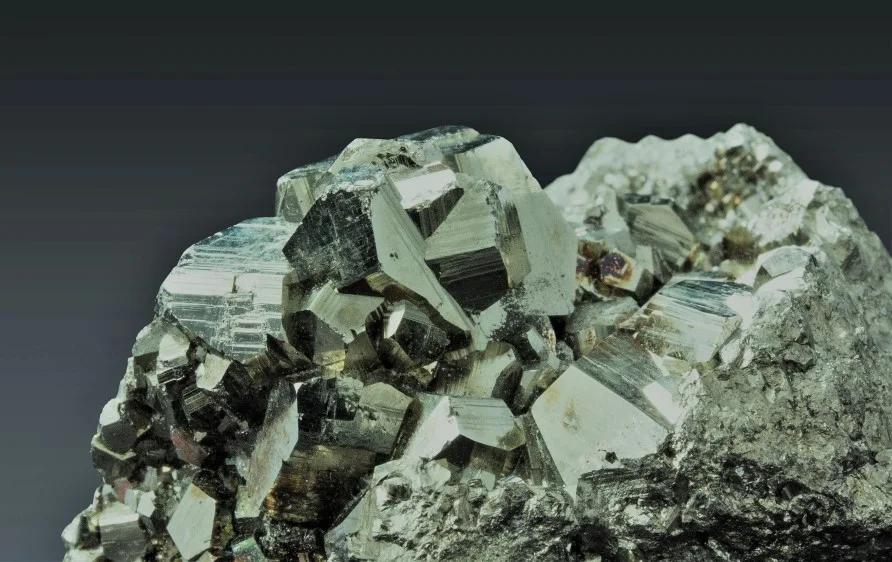
Steel is combination of iron and carbon, and while the iron is obtained from iron-ore the carbon in steel is obtained from coke. Pig iron is an intermediary product before the Steel is produced. Pig Iron has high amount of carbon content then required for the end-product - 'Steel'.
Vedanta subsidiary, Sesa Goa Iron Ore, is looking to realize "Green Steel". For the same, the company is exploring to collaborate with IIT-Bombay for a study on the use of hydrogen in its steel production. Its in a nascent stage however.
Notably, Steelmaking is one of the most carbon emission intensive industries in the world. According to a last year's report, steelmaking is estimated to be responsible for 7-9% of all direct fossil fuel greenhouse gas emissions across the world.
If a steel manufacturing company is using a non-electric process for steelmaking and instead using coke/coal then there's too much of carbon emission in the process. First - using coke in melting raw iron (iron ore ) is itself increases carbon footprints and Second - releasing CO and CO2, when decarbonizing the pig iron, to convert it into proper steel.
To make steel, the iron needs to be separated from the oxygen and a tiny amount of carbon needs to be added, which is accomplished by melting the iron ore at a very high temperature (1,700 degrees Celsius) in the presence of air and coke. Here the pig iron is obtained.This Pig Iron is then converted to Steel by blowing oxygen through molten pig iron. In this process, some of the carbon in the iron converted into CO− and CO2, to turn it into steel.
Last year, consulting firm McKinsey identified a number of technologies for decarbonization including hydrogen usage, carbon capture and reuse, and maximizing use of electric arc furnaces powered by clean energy.
Sujal Shah, Deputy CEO, who is Vedanta's Sesa Goa Iron Ore Business, told news agency PTI, "We have our own vision of going towards the green steel. So my coke ovens will become green coke very soon, where I will be having all the coke-making through a green process, extracting, harnessing...
and it will simply float over the grid. I would not require power from the grid, rather I would give power to the grid."
Vedanta has earlier committed to reduce carbon emissions to zero by 2050 or sooner and pledging US$5 billion over the next 10 years to accelerate the transition to net zero operations.















 IndianWeb2.com is an independent digital media platform for business, entrepreneurship, science, technology, startups, gadgets and climate change news & reviews.
IndianWeb2.com is an independent digital media platform for business, entrepreneurship, science, technology, startups, gadgets and climate change news & reviews.



